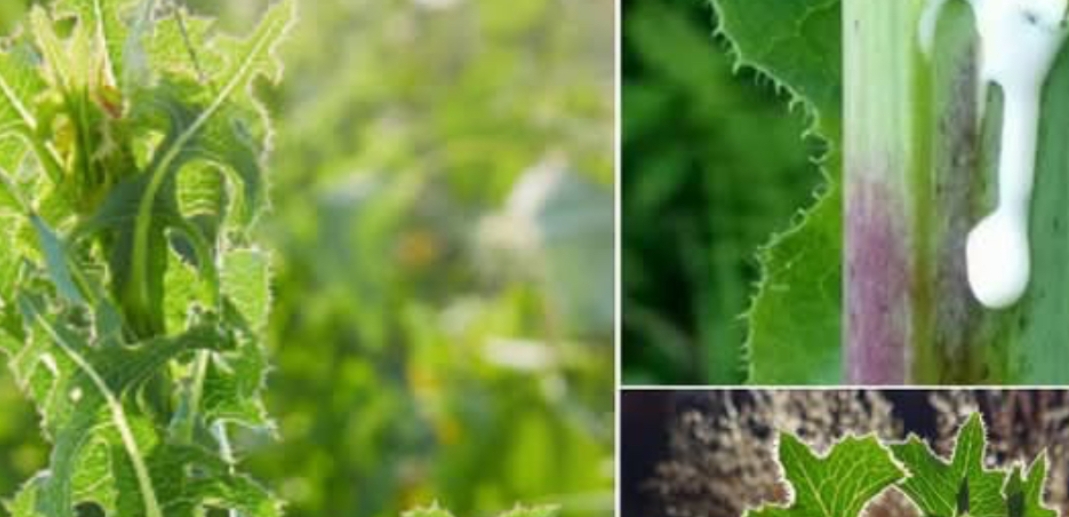1. Identifying the Right PlantWild lettuce grows in open fields, roadsides, and disturbed soil areas.It has tall, spiky leaves with a blue-green hue and can grow up to 6 feet tall.When the stem is broken, it releases a milky white sap—this is lactucarium.2. Harvesting the SapChoose mature plants: Older plants produce more sap.Cut the stem near the base with a clean knife.As the sap begins to ooze, collect it using a spoon or scrape it onto a glass plate.Repeat the process: Make additional cuts higher up the stem and branches, allowing more sap to flow.Let the sap dry naturally to form a brownish resin.Store it in a small, airtight container away from moisture.What Is Wild Lettuce Sap Used For?People have used wild lettuce sap for generations, primarily as a natural pain reliever and mild sedative. Here are some of its most common uses:Pain relief: Traditionally used for minor aches, headaches, and muscle pain.Relaxation and sleep aid: Some people use it as a natural way to promote relaxation and better sleep.Stress and anxiety relief: Mild sedative properties may help with tension and nervousness.Cough suppression: Historically, it has been used in small amounts to help with persistent coughs.Mild euphoric effects: While not intoxicating, it may create a sense of calm and well-being.How to Use Wild Lettuce SapThere are multiple ways to use wild lettuce sap, depending on personal preference and the intended effect.1. As a TinctureMix dried sap with alcohol (vodka or brandy) in a small jar.Let it sit for 2-4 weeks, shaking it occasionally.Strain and store the liquid in a dropper bottle.Start with a small dose, like 1-2 drops in water, and increase slowly if needed.2. As a Tea (Using the Leaves, Not the Sap)Boil 1-2 teaspoons of dried wild lettuce leaves in water.Let it steep for 10-15 minutes.Drink before bedtime for relaxation.3. Direct Consumption (Not Recommended for Beginners)Some herbalists consume a tiny amount of dried sap (a rice-grain-sized piece) dissolved in water or tea.This method requires caution due to its potency.4. External Use (For Pain Relief)The sap can be mixed with a carrier oil (like coconut oil) and applied to sore muscles or joints.Avoid using it on broken skin.Important DisclaimerThis article is for informational purposes only. While wild lettuce sap has been traditionally used for various health benefits, it is not a medically approved treatment. We strongly recommend that anyone interested in using wild lettuce consult with a qualified healthcare professional before attempting to use it in any form.Important considerations:Dosage matters: Overuse can lead to nausea, dizziness, or other unwanted side effects.Not for everyone: Pregnant women, children, and individuals with existing health conditions should avoid using wild lettuce without medical advice.We take no responsibility for misuse: This article does not replace professional medical advice, and we are not responsible for any consequences resulting from self-experimentation.
The Power of Wild Lettuce Sap: How to Collect, Use, and Benefit from It

